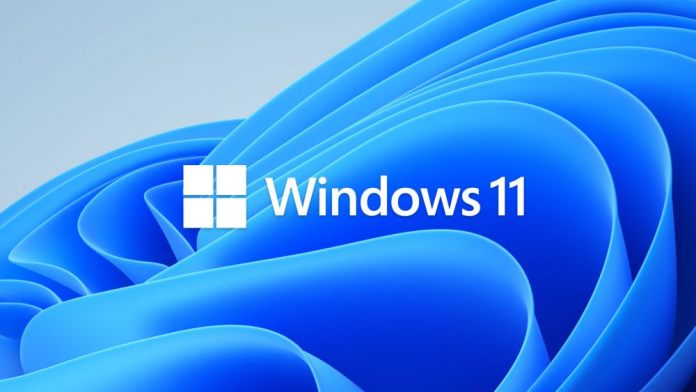Microsoft is building a new Windows 11 audio app that is currently available in preview. However, the developers of one of the best third-party Windows audio apps claim Microsoft’s version is suspiciously like theirs. And on close inspection, the Windows 11 audio app sure does resemble EarTrumpet in many ways.
On Windows 11, the new audio app offers quick access to audio controls in the taskbar, allowing users to switch their audio outputs with ease. It also gives the ability to control the volume across individual apps.
It is a handy addition to the platform, but it is also the exact same feature set as EarTrumpet, which made its debut on Windows 10 around five years ago.
Ironically, EarTrumpet was created by former Microsoft employees. Specifically, former engineer Dave Amenta alongside Microsoft MVP Rafael Rivera are the brains behind the app. Rivera hit Twitter this week to reference the clear similarities between the Windows 11 feature and his app:
“Oh snap. Microsoft is catching up to EarTrumpet,” says Rivera.
Oh snap. Microsoft is catching up to EarTrumpet.
(Windows 11 Insider Build 25281, feature SoundOptions/42106010) pic.twitter.com/lgemXpE08j— Rafael Rivera (@WithinRafael) January 19, 2023
Bowrrowing
Let’s be clear, this is exactly the sort of Audio app Windows should have, so it is not bad news Microsoft is borrowing from one of the best apps. On the other hand, it is obvious why the developers of EarTrumpet may be upset. For users, the choice of two good audio apps can only be a good thing.
It is also worth noting the new audio features have not been officially announced by Microsoft, even for preview builds. The tool is currently locked behind an experimental flag on Insider builds.
Tip of the day: With a single registry tweak, it’s possible to add a ‘Take Ownership’ button to the right-click context menu that performs all of the necessary actions for you. You’ll gain full access to all possible actions, including deletion, renaming, and more. All files and subfolders will also be under your name. The Take Ownership context menu will set the currently active user as the owner of the files, though they must also be an administrator. They can then enter the folder or modify the file as they usually would.




